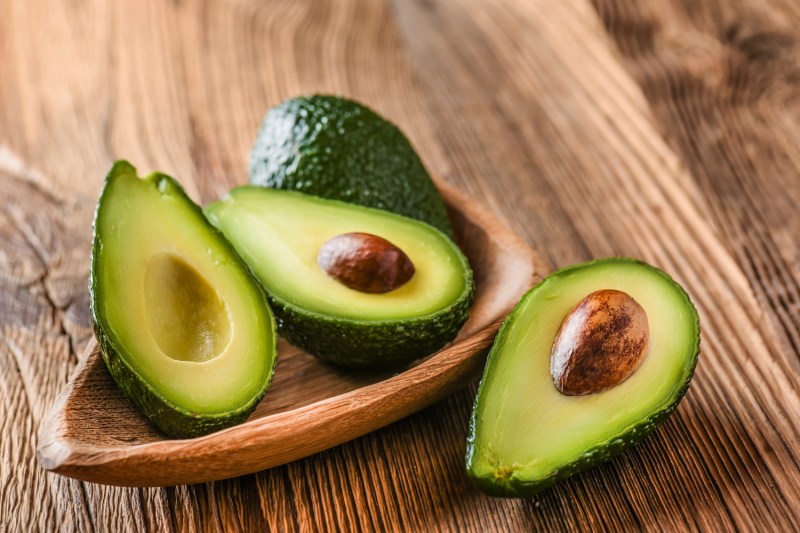
Avocados have earned their way to the top of the food-trend chain by being a powerhouse of nutrients and healthy fats, not to mention their wide culinary range. Yet while loved, Avacados have long been misunderstood. Under that tough shell and behind the hard core, they’re really just a soft fruit—yes! A fruit! Botanically speaking, avocados are large berries.
The first carbon pit-print dates back to the Aztecs in 10,000 BC. The name ‘Avocado’ comes from the Nahuatl language (spoken by the indigenous Nahua people of Mexico) and loosely translates to mean ‘testicle’. Also known as alligator pears, avocados are native to the warm climates of Central America but now have been spread on the toast the whole world over. This guide will get to the pit of all things Avocado and dig into some facts, figures, and fundamentals of our green supreme.
Benefits of Avocado
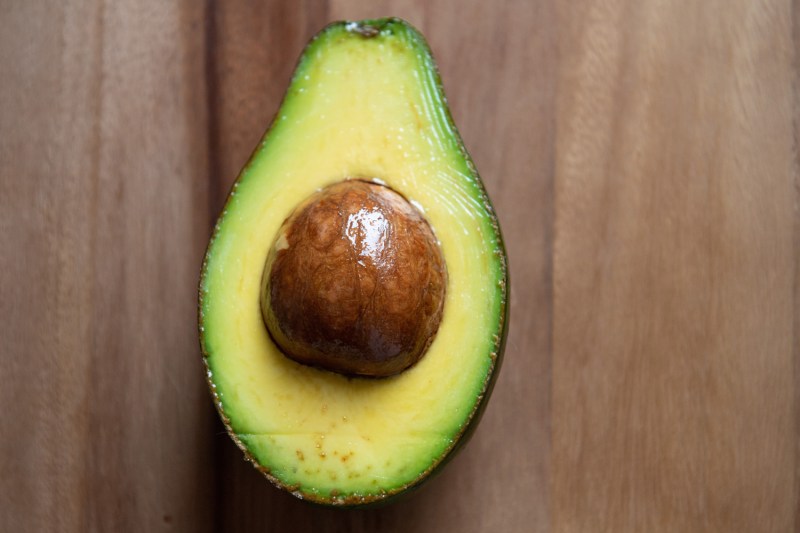
Avocados are abundant in minerals, vitamins, and antioxidants and hold the crown when it comes to “superfoods.”
- Avocados are filled with omega-3 fatty acids and natural vitamin E, which are great for boosting brainpower.
- Avocados are one of the fattiest plant foods in the world but worry not. They’re full of monounsaturated oleic acid, a heart-healthy fatty acid that has been shown to reduce cholesterol and fight heart disease.
- Avocados are loaded with over 20 different vitamins and minerals.
- Avocados are high in antioxidants like lutein and zeaxanthin which promote eye health and protect against conditions like cataracts.
- Avocados are filled with fiber. Just one will give you your daily dose of this important nutrient that is good for your metabolism and blood sugar levels.
Types of Avocados
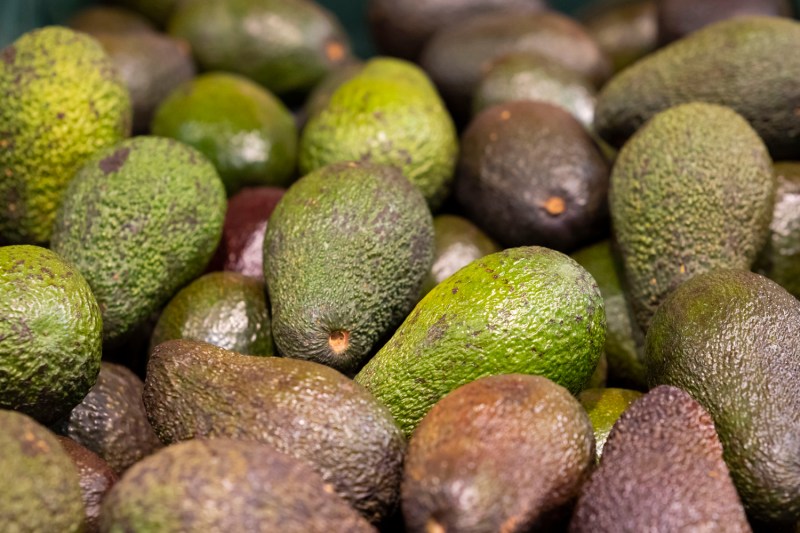
The typical produce aisle only offers a small glimpse into the avocado options the world has to offer. Avocados come in all sorts of sizes and flavors and while they may look similar, not every avocado is the same.
Hass
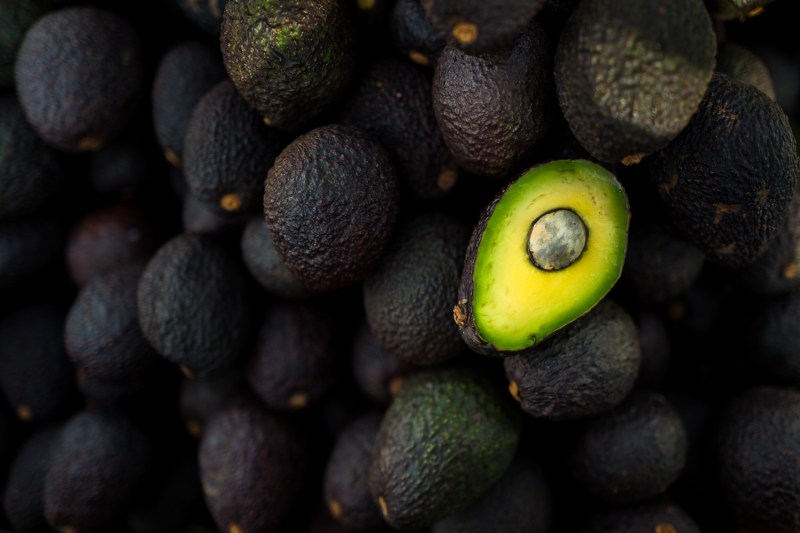
This is the most popular and common variety, grown in California. It’s available all year round and has a buttery, nutty flavor and oval shape.
Mexicola Grande
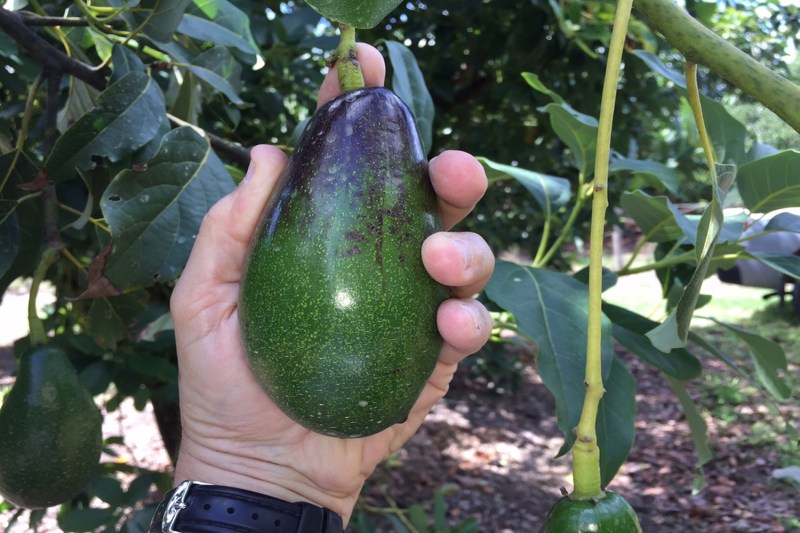
Known for its smaller shape and glistening black skin and is slightly sweet and juicy inside. They are in season from August through October.
Fuerte
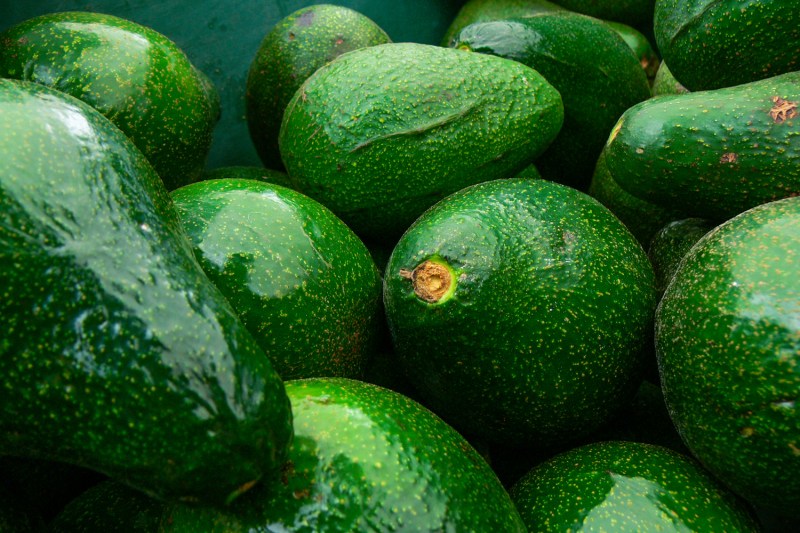
The Fuerte which means “strong” in Spanish, is another California favorite. It has a perfect pear shape with a creamy flavor similar to hazelnut and can be found in most seasons.
Choquette
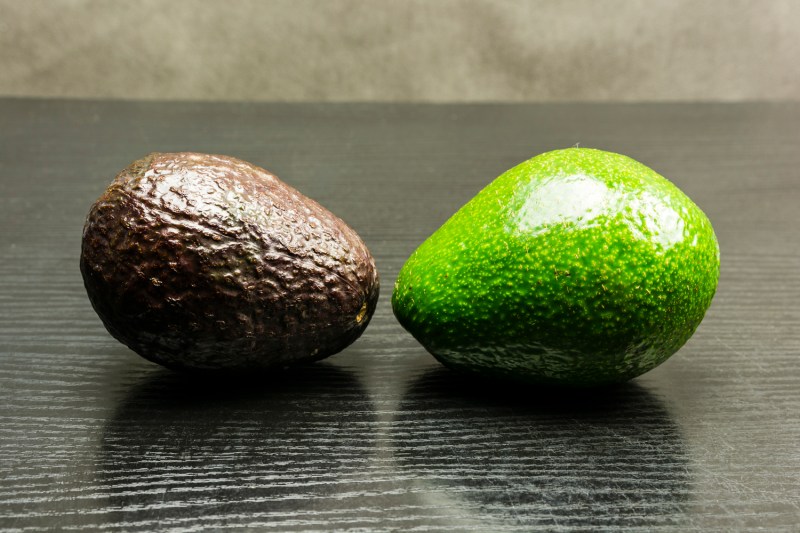
Choquette from Florida is known for being one of the larger avocados. It can weigh up to two pounds and has silky flesh that seems to bleed a lime-green juice when cut.
Bacon
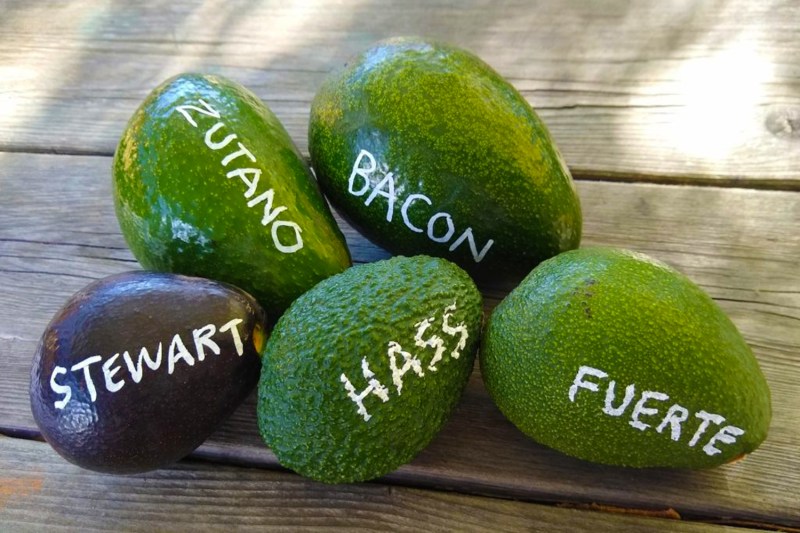
This avocado has a lighter taste than other varieties and is identifiable by its pale yellow-green skin. They are in season from August through October.
How to Buy an Avocado
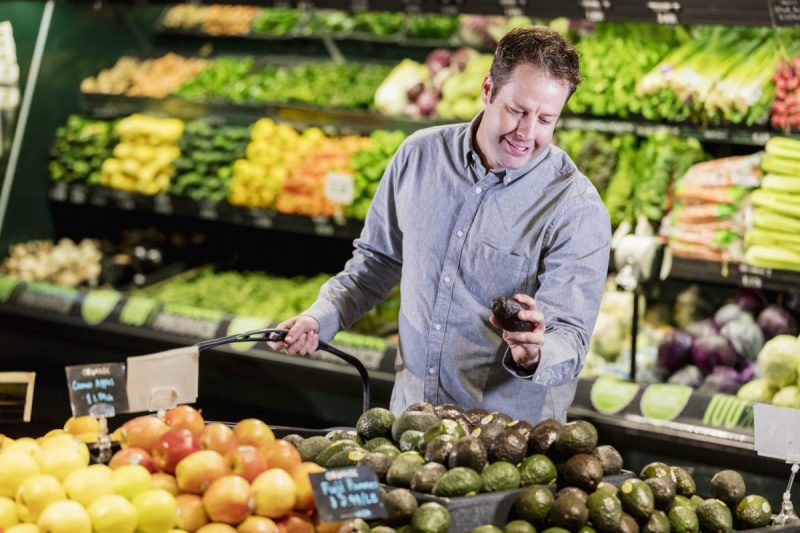
Knowing when and where to buy avocados is vital to making sure you are shopping ethically. Buying avocados in season and preferably choosing certified ones is the best way to make sure you are making the most sustainable choice.
Picking the perfect avocado varies by type so the first step is to know what’s in season. Most avocados change from a dark green to a black/brown when ripe, but others may still keep their light green hue.
Touch Test
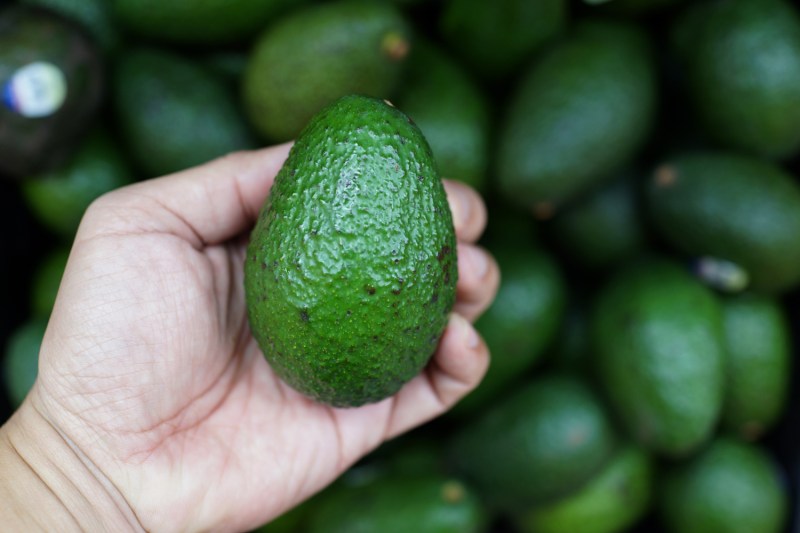
By giving the avocado a light squeeze you should be able to tell its ripeness. It will feel slightly soft but not “mushy” to the touch.
The Navel Test
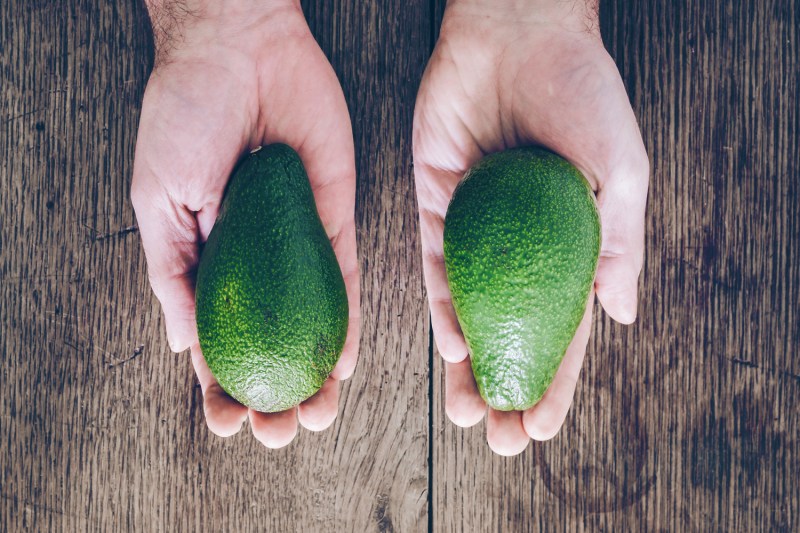
Look for the little button on the bottom of your avocado, if you can pick the naval off easily, it’s ripe and ready to eat!
How to Cut an Avocado
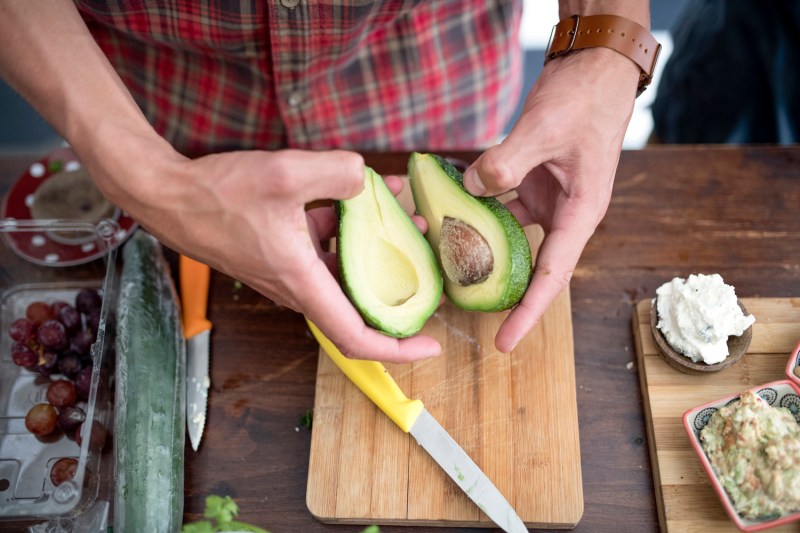
- Place the avocado lengthwise on a secure surface. Place a clean dishtowel on your counter or under your cutting board to prevent slipping.
- Hold the avocado securely with one hand. Slice slowly down the center into the avocado until the knife hits the pit, then rotate the fruit with one hand while keeping the knife steady in the other hand.
- Holding the avocado in the palm of one hand, use your other hand to twist and rotate the two halves apart.
- Place the pit half of the avocado in a towel. Hold it securely in your hand, and then carefully tap the back edge of a chef’s knife into the pit. Twist and then lift straight up to remove. Tap on the side of a bowl to free the pit from the knife.
How to Store an Avocado
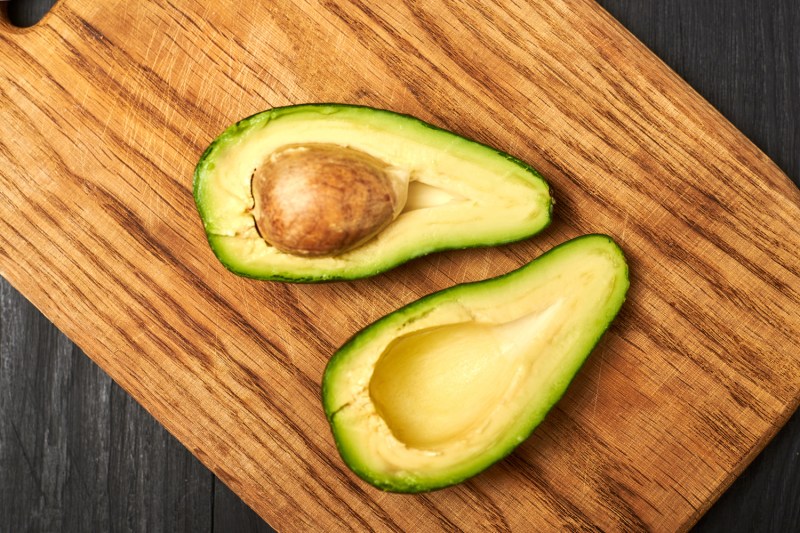
For those rare occasions, here are some tips to save that coveted other half—which ultimately means saving you a lot of money, too.
- Remove the pit and coat the flesh with fresh lemon juice, wrap it in plastic wrap, and place it in the fridge. This should last about 2-3 days.
- An even easier method is to submerge your ripe avocado in water. Take the other half and place it flesh-side down in a container, cover, and place in the fridge. This will keep the avocado from turning brown for about another two days.
- If your avocado is already ripe but you aren’t planning on eating it quite yet, simply place the whole fruit in the refrigerator. This will buy you a few more days of deliciousness.
Avocado Hacks
How to Ripen an Avocado Fast
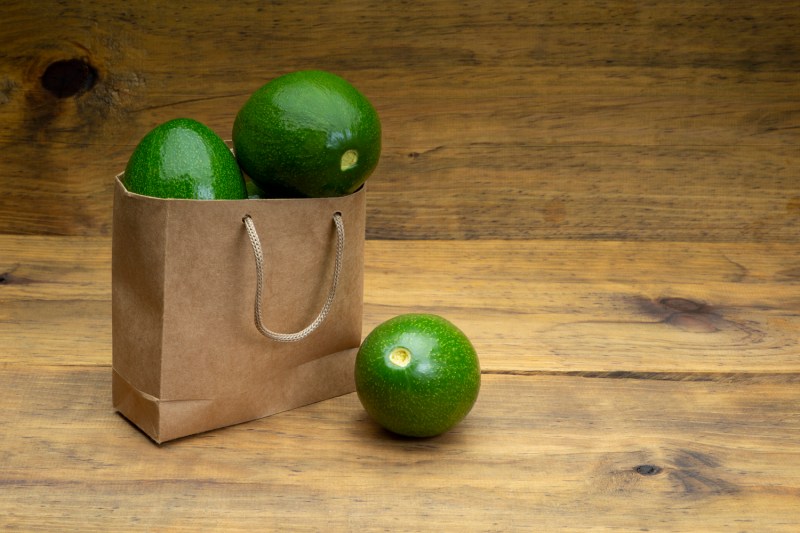
Place the avocado in a brown paper bag with another piece of fruit, like an apple or banana. This speeds up the fruit’s production of ethylene gas, which naturally promotes ripening. When sealed and stored at room temperature, this method can soften up the stiffest of avocados in about 1 to 3 days. The more fruit you add, the faster your avocados will ripen. You can also add a small layer of flour to the bag to seal all the gas in.
How to Use an Overripe Avocado
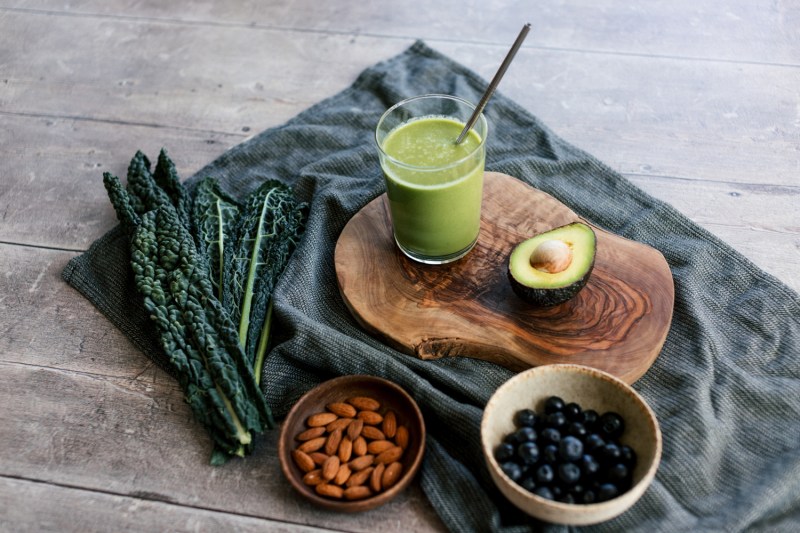
If your avocado is just beginning to brown, you can bring it back to life with a sprinkle of fresh citrus. Recipes like smoothies, dips, dressings, or baked goods are great ways to use an over-ripened avocado.
Read more: Guacamole Recipe
Editors' Recommendations
- A novice cheesemaker’s guide on how to make cheese at home
- Know your knife: A guide to the best steel for knives
- 1 of 2 American adults aren’t getting enough magnesium — these foods will help
- Did you know these popular foods are high in saturated fat?
- A chef’s guide to making the perfect Korean fried chicken



